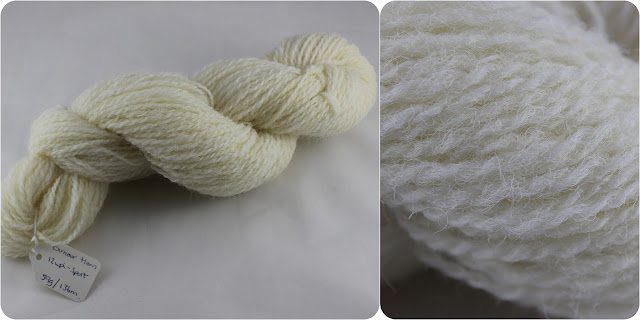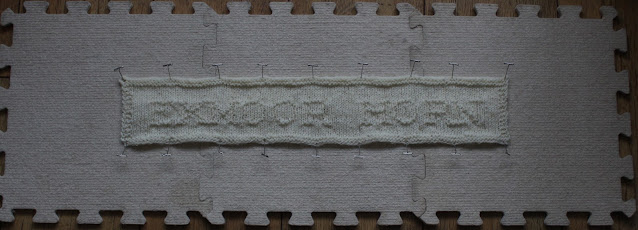There is not a whole lot of information to be found anywhere about the origins of this breed other than that it was developed in the 19th century and is a direct descendent of an early horned sheep found in the area hundreds of years earlier. So it sounds as though the original was improved on by cross breeding but there's no mention of what bloodlines were introduced. I guess no one alive today knows, if it was never written down or any writings have been lost then the only way to find out would be with DNA testing, which has been happening with some breeds.
 |
| Top: Ewe Bottom: Ram |
They are found on Exmoor National Park, who report that some 15,000 or so of the 19,000 or so registered breeding ewes can be found on their park with small numbers of them to be found on neighbouring Dartmoor National Park.
The Exmoor Horn is a medium build sheep with ewes weighing around 50kg and rams 73kg. Both sexes are horned, with the rams growing spiral horns. They have white faces and legs and produce a good sized white fleece of 2-3kg and a staple length of 3-5 inches (7.5-12.5cm). There may or may not be some kemp, it will vary from fleece to fleece, but any kemp will be white.
This fleece can be spun from teased locks, it can be carded or combed. It may feel wiry and a bit on the crisp side, crunchy and bouncy but for a hill breed it is fairly soft.
Yarns spun from Exmoor Horn fleece are definitely suited to household items and upholstery and not for any kind of next-to-skin clothing.
 |
It looks to me to be on the coarse side of things before I even start. I got 59g of hand combed top from what I bought.





No comments:
Post a Comment